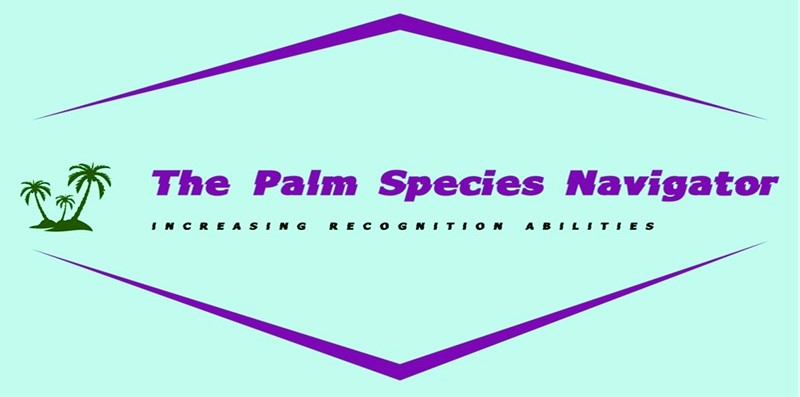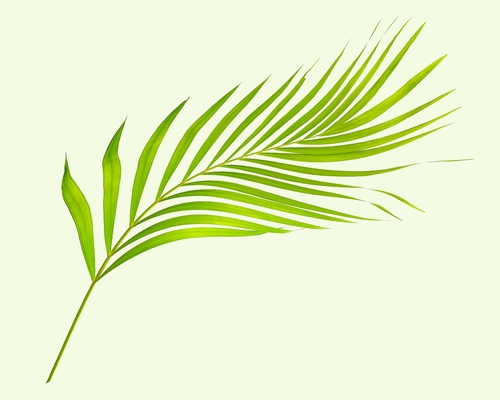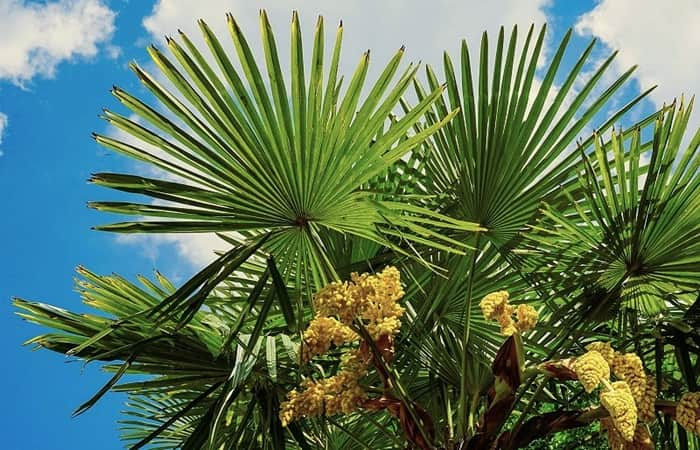Begin Palm Identification Today!

It's Essential to Begin With the Basics
Knowing the basics is the essential start with palm tree identification. Justas knowing the basics is important for any subject. Let's begin unlocking thesecrets of palm species identification.
If you're not totally into species identification - that info will still show what aunique species palms are! For getting the best appreciation of them.
Think of species identification as an adventure rather than an overwhelmingmystery. Although you may feel like a detective on this grand tour!

I remember when my serious palm tree interest began - my mind swirledwith all the different species. But slowly & surely I got a lot more up to speedon identification. Yet there's always more to learn!
Today we'll cover:
- Basics to begin your palm identification journey
- Simple resources to use
- How to make this a fun, engaging experience
5 Steps to Becoming a Palm Pro with
Confidence Even When Beginning as a Novice
To start becoming good at identifying palms, a few key data points areneeded.
STEP ONE: Understand Palm Parts
We'll help you with knowing the basic Parts of a Palm Tree, which helps in identification.
STEP TWO: Palm Terminology
Work on familiarizing yourself with terms like "frond," "trunk," "crown,""leaflets," etc.
These two steps are central to identification clues for solving the puzzle. Ifyou probe into various looks of fronds, the trunk texture, & more, you'll begin to distinguish between species. And knowing the lingo eases your brain!
STEP THREE: Use a Field Guide - Or an App?
A Palm Tree Species Field Guide is so helpful to aid you along. After doing your first evaluations, they'll assist you to narrow down your choices.
People wonder about APPs for palm ID. We've not heard of any specifically for palms.
Some general plant ID apps include palms. Yet they're not at all reliable, according to
International Palm Society member, aabell:
Experimenting with the "most popular apps and... [taking] photos of a Royaland a Veitchia in my yard. Both were matched with the same photo of Howea belmoreana." Not accurate!
STEP FOUR: Start by identifying frond types in palms you see every day.
- Are they feathery? Those are pinnate. A majority of the 2600 (+)species are pinnate palms.
 Leaflets are arranged along the rachis section of the stem.
Leaflets are arranged along the rachis section of the stem.- Are the fronds roundish? Do they look fan-like? They're palmate -named for resembling the palm of human hands, with fingers.
 See the overall circular shape.
See the overall circular shape.The outer "fingers" all attach to a central point (the palm).
STEP FIVE: Join a Palm Community
Connect with others just as eager to learn. Find online forums & groups.
We suggest Palm Talk sponsored by the International Palm Society (we know this as we're members). A group where palm tree experts help for all palm issues, including identification.
Communities of experts like this can be helpful. Going there makes your ID improvement process interactive and fun
Feeling overwhelmed by so many palm trees?
You're not alone. We Understand your headaches! At Mission: Palm Trees you'll find clear answers to questions & Step-By-Step Guidance, from real people. With solutions to help. No puzzling shoptalk. No tiring research. So it's easy & fun for you.
Applying What You’ve Learned Today
Turn your nature walks into exciting learning adventures. If you don't have access to palm trees where you live, try visiting A Botanical Garden. Nearly every city has one.
- Look at the palms you see (in Botanic Gardens don't look at signage first).
- Evaluate the fronds, deciding if they're pinnate or palmate.
- What's your guess? Look up details in your Palm Field Guide.
The next time we'll get a bit more deeply into palm identification.
Enjoy your palm exploration journey, and soon, you might just become the go-to palm expert in your circle!

At The Palm Species Navigator
karen@missionpalmtrees.com

